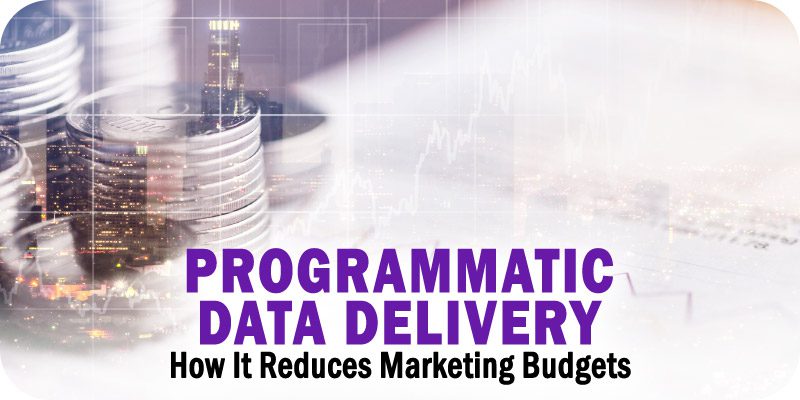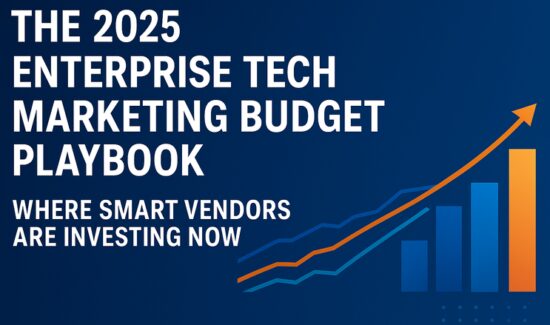How Programmatic Data Delivery Can Pare Down Marketing Budgets


As part of Solutions Review’s Contributed Content Series—a collection of articles written by industry thought leaders in maturing software categories—William Skelly, the CEO of Causeway Solutions, explains how programmatic data delivery can help companies pare down their marketing budgets.
By 2030, marketers will be spending over $137 billion on programmatic advertising, tailoring messages to individual consumers in a one-to-one fashion wherever their eyes and ears are consuming information. What, exactly, is programmatic advertising?
The programmatic delivery of data is defined as empowering the real-time, algorithmic purchase of advertising space. Using software to automate the buying, placement, and optimization of media inventory through a bidding system, programmatic arranges colossal amounts of data into target audiences for businesses and brands. Most importantly, this data-driven approach allows marketers to reach the right audience, at the right time, with the right message, through the proper channels.
This data falls into several categories:
- First-Party Data is the information organizations collect from their audiences. The companies own the data because their customers provide the information collected and created within their systems.
- Second-Party Data is information made available based on an arrangement with a partner to access their first-party data. This data allows access to a larger audience pool because the partner provides high-quality, first-party data that may not be available without the working relationship.
- Third-Party Data is information collected outside an organization, typically collected anonymously from other entities and sold to advertising platforms. The materials come from various sources, including surveys, registration data, opt-in tracking, cookie-based tracking, public records, and offline transaction data such as loyalty cards.
Programmatic algorithms contain robust data to expand target audiences beyond those consumers you know exist—from geographical location and gender to consumer interests, likes, dislikes, past behavior, and more. By leveraging programmatic data, marketers can refine their advertising strategies and improve campaign results. Knowing more about target audiences creates a competitive advantage for marketers to attract leads and convert sales.
Optimizing Marketing Budgets
As advertising costs continue rising, marketers can optimize their budgets using Data Management Platforms (DMPs). A DMP is a software that stores first, second and third-party data for creating target audiences. During a real-time bidding (RTB) process, advertisers use DMP data as constructed audience segments to instruct a demand-side platform (DSP) for targeting ads.
When advertisers upload their first-party data into the DMP, their proprietary customer information is enhanced by second-party data gathered from business partnerships, as well as third-party data. DMPs synch their collected information with data providers who distribute data for third parties to identify relevant audiences for ads. They find high-value prospects by using first-party data and audience segments.
Features like “lookalike modeling” search for similar audience segments to augment the advertisers’ original target audience. These functions raise the performance of programmatic ads because the right message is put in front of the right audience, significantly improving click-through rates (CTR) and marketing campaigns’ effectiveness.
Benefits of Programmatic Data Delivery and DMPs
With programmatic data delivery and DMPs, data silos are minimized. Often, data is segmented across various platforms, and advertisers are “locked out” of the information. DMPs allow access to a single, interoperable data storage solution.
In addition, DMPs can:
- Reduce advertising costs
- Improve reach to relevant segments
- Provide a more detailed analysis of audience trends
- Deliver better data indexing of current customer data
Successful ad campaigns rely on highly targeted audiences. With more refined audiences, advertising impressions are more effective. The same marketing messages can be delivered to people more likely to be interested in a product or service for more efficient ad budgets. For organizations seeking to optimize their 2023 marketing budgets, leveraging programmatic delivery of data and DMPs will boost their advertising performance.





















